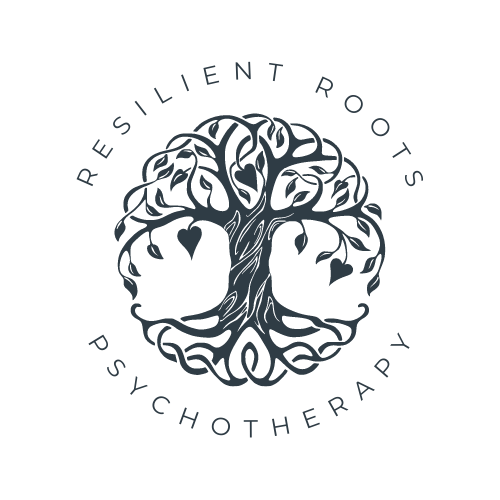Don't Let Them Dim Your Light: Understanding Gaslighting and How to Break Free
If you've experienced gaslighting, you know how difficult it can be to identify and escape from. It's insidious and often starts with small comments or actions that don't seem like a big deal. Over time, however, these actions can create a sense of confusion and self-doubt in the victim.
What is gaslighting?
Gaslighting is a form of emotional abuse where someone manipulates another person into doubting their own reality. This can be done in a variety of ways, from denying things that have happened, to making the victim feel like they are losing their grip on reality for feeling a certain way.
The term comes from a 1944 movie called "Gaslight". In the movie, a man manipulates his wife by making her doubt her own sanity. The term has since been used to describe any situation where someone manipulates another person's perception of reality.
Gaslighting can happen in any relationship, including romantic, familial, and professional relationships. It often starts with small comments or actions that make the victim feel like they are overreacting or being too sensitive. Over time, these can become more severe and frequent.
Gaslighting can take many forms, and the examples can be subtle or overt.
Common examples of gaslighting:
Denying that something happened: The gaslighter may tell the victim that something never happened or that they are remembering it wrong, even when they know it did happen.
Discrediting the victim's memory: The gaslighter may tell the person that they have a bad memory or that they are forgetful, which can make them question their own recollection of events.
Blaming: The gaslighter may turn the tables and blame the victim for something that they didn't do, which can make them doubt their own actions and feel guilty.
Minimizing or trivializing feelings: The gaslighter may tell the person that they are overreacting or being too sensitive, which can make them question their own emotions and feelings.
Making one question their own sanity: The gaslighter may tell the person that they are crazy or that they need to see a therapist, which can make them doubt their own mental health.
Using positive reinforcement: An abuser may use positive reinforcement, such as showering the victim with love and affection, to keep the victim under their control and dependent on them.
Using others to validate their point: The gaslighter may bring in others to validate their point of view or discredit the victim, which can make them feel like they are alone and isolated.
Withholding information: An abuser may withhold information that the victim needs to make informed decisions, causing them to feel confused and helpless.
Gaslighting can have long-term effects on one's mental health. It can lead to anxiety, depression, and low self-esteem. Victims of gaslighting often feel isolated and alone, as they may not realize what is happening or feel afraid to speak out.
Coping with the Effects of Gaslighting
Gaslighting can be a challenging and difficult experience to navigate. If you're in a situation where you're experiencing gaslighting, there are some steps you can take to help manage the effects of this form of emotional abuse. Here are some ways to manage gaslighting:
Seek professional support: A therapist can help you work through the effects of gaslighting and develop healthy coping strategies. They can also provide a safe and supportive space for you to discuss your experiences.
Build a support network: Having supportive friends and family members can be an essential source of comfort and help you validate your feelings. Talk to someone you trust and who will listen to you without judgment.
Keep a journal: Writing down your experiences and feelings can assist you in processing them and keeping track of what's happening as it occurs. It can also help you recognize patterns of gaslighting, so you can take action to address it.
Set boundaries: Establishing clear boundaries is crucial when dealing with gaslighting. Let the gaslighter know what you will and won't accept, and be firm in your stance.
Practice self-care: Take care of your emotional and physical needs by engaging in activities that make you feel good, such as exercise, meditation, or reading. It's also essential to take a break from the relationship or situation that is causing you harm.
Learn to trust yourself: Gaslighting can make you doubt your judgment and perceptions. To counteract this, take time to reflect on your experiences and trust your instincts.
Avoid engaging with the gaslighter: Gaslighters thrive on creating conflict, and it can be challenging to have a conversation with them. Try to avoid engaging with them and instead focus on your own well-being.
Gaslighting can be a traumatic and isolating experience, and it can be challenging to seek help when you feel like no one understands what you're going through. However, it's important to remember that you are not alone. Gaslighting can happen to anyone, regardless of their background, gender, or age.
It's crucial to reach out to professionals and trusted friends or family members for support, especially if you're experiencing severe emotional distress or feel like you can't cope with the situation on your own. Seeking help can help you regain a sense of control, work through your emotions, and develop coping strategies to deal with gaslighting effectively.
Remember that you deserve to be treated with respect and dignity, and you have the right to set boundaries and protect your mental and emotional well-being. You don’t have to go through this alone. With the right support and strategies, you can heal and move forward toward a brighter future.

